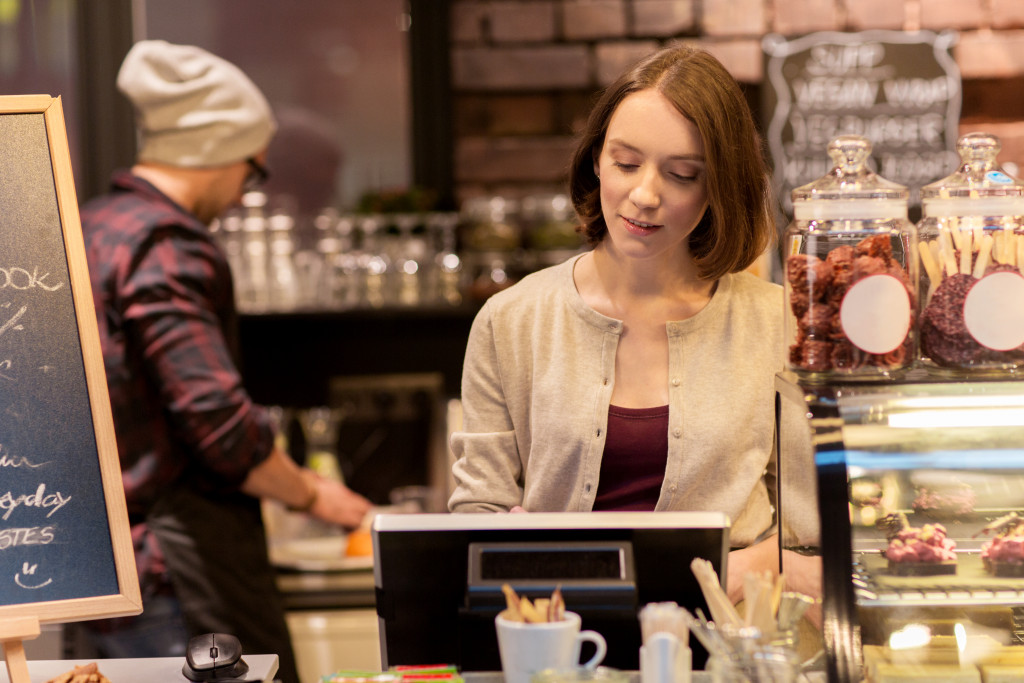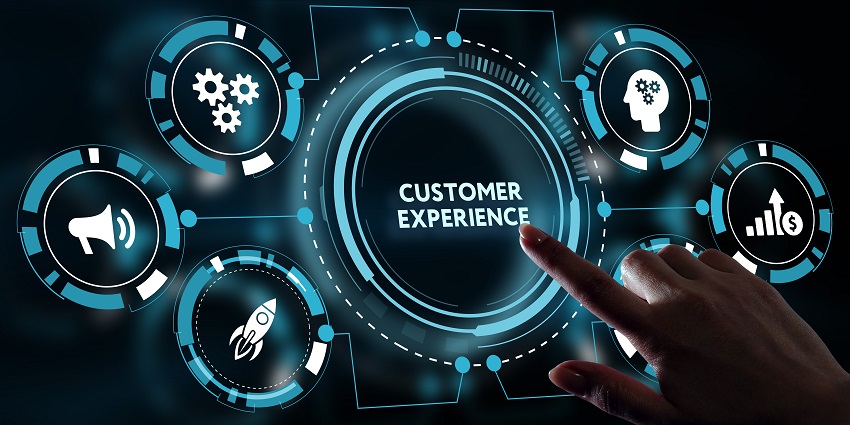- Store layout significantly affects sales by optimizing customer flow and enhancing the shopping experience.
- Understanding shopper behavior and tendencies is key to creating an intuitive and sales-effective store design.
- An effective customer path, with thoughtful sectioning, ensures maximum exposure to a wide range of products.
- Technology and personalization enhance the in-store experience and cater to the unique preferences of the local market.
As you navigate the constantly evolving realm of brick-and-mortar retail, one thing remains certain: how stores are laid out can significantly impact the bottom line. The perfect store layout is far more than a visually pleasing assemblage of products – it’s a strategic blueprint that optimizes customer flow, enhances the shopping experience, and ultimately drives sales. This comprehensive guide reveals the art and science behind store layout design. From understanding shopper behavior to leveraging design principles, it will provide a roadmap for retailers looking to make every square foot of their space work for them.

Demystifying Shopper Behavior
Before delving into the design intricacies, it is fundamental to comprehend how customers move and make decisions in a retail environment. Studies in consumer psychology have identified several key patterns that affect shopping behavior:
Primacy and Recency Effects:
Shoppers remember and prefer items encountered first or last in a shopping trip. These “hot spots” should be prime real estate for your most desirable products.
Right-Hand Traffic Rule:
In countries where traffic moves on the right side of the road, most shoppers naturally veer to the right upon entering a store. Product placement should capitalize on this instinct. On the other hand, in countries like Singapore, where traffic moves on the left side of the road, stores may need to adjust accordingly.
Decompression Zone:
The initial 5-15 feet of a store is a welcome area where shoppers adapt to the environment. It’s ill-advised to clutter this space with merchandise that might overwhelm or confuse customers.
Understanding these behavioral tendencies is the first step to drafting a layout that is intuitive for shoppers and conducive to achieving your sales goals.
Crafting the Ideal Path
A well-crafted customer path, also known as a ‘race track’ layout, guides shoppers through the store, ensuring maximum product exposure and, ideally, an easy route to the cash register. For bigger stores, these tracks can also be used for material handling purposes, especially when restocking and replenishing shelves with forklifts.
The Power of the Straight Path
The ‘race track’ layout employs a straight line from the entrance to the rear of the store, encouraging customers to walk the entire length. Introduce dynamic displays and power aisles with high-margin or signature items to keep their interests piqued.
Strategic Bends and Curves
Strategic bends in the path can slow customer movement, encouraging browsing and potentially increasing the dwell time. These are ideal spots for new arrivals or feature displays that customers can’t resist.
The Loop: Combining the Best of Both
By looping the customer path back to the front of the store, you facilitate an easy exit and allow customers to revisit any items of interest. This not only improves the customer experience but can also lead to incremental sales as they notice more, leading to higher customer satisfaction.
Balancing Act: Store Sectioning
The interior of your store should be methodically partitioned not just for logistical reasons but to create thematic and logical sections that enhance the shopping experience.
Organizing by Use or Purpose
Grouping merchandise by its use or purpose is one of the most straightforward ways to help customers find what they’re looking for. This might mean a section for kitchen appliances, another for cooking ingredients, and yet another for recipe books.
Visual Merchandising and Focal Points
Every section should have a focal point that draws the eye and suggests the products’ usage. Whether it’s a well-lit display or a unique exhibition, the focal point serves as a thematic anchor for the surrounding merchandise.
Seasonal and Spatial Flexibility
Retailers should plan for seasonal fluctuations and be ready to adjust their layouts to accommodate changing needs. Portable fixtures, for example, can be moved to create special seasonal displays, promoting relevant merchandise at the opportune time.

The Role of Technology
Technology plays a critical role in enhancing the in-store experience in the digital age. Interactive displays, touchscreens with product information, or even augmented reality apps can give customers a deeper engagement and increase interaction with the store’s offerings.
Tailoring the Space: Personalization and Local Preferences
Each store exists within a specific market with unique customer preferences. Tailoring the layout to reflect local tastes and needs can significantly improve customer sentiment and sales. This may involve colors and design elements that resonate with the local culture or placing popular products within the regional demographic in prominent locations.
In the competitive, ever-shifting retail landscape, an efficient and customer-centric store layout is not optional but essential. By leveraging the insights shared in this guide, retailers can transform their spaces into dynamic, sales-driving environments that resonate with customers on a profound level. Whether designing a new store from scratch or looking to revamp an existing location, remember that the true magic of retail happens when the art of design intersects with the science of customer behavior.

